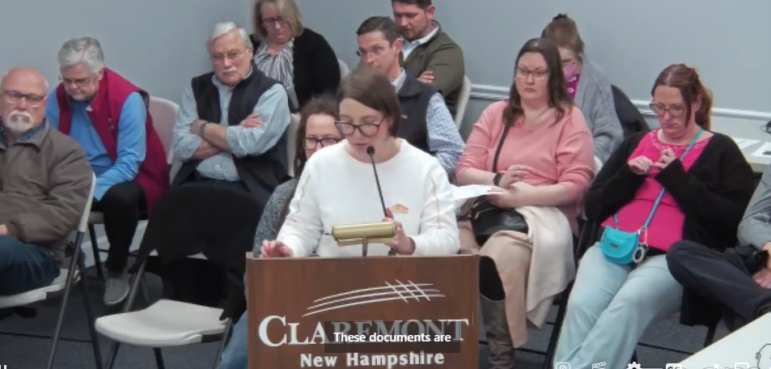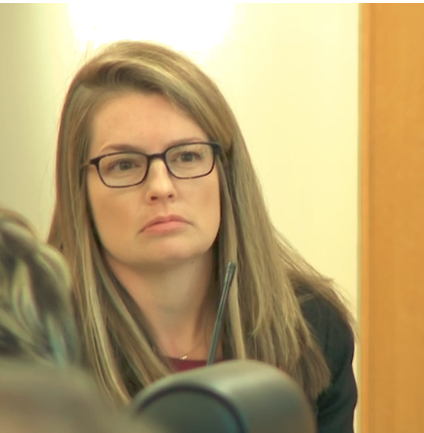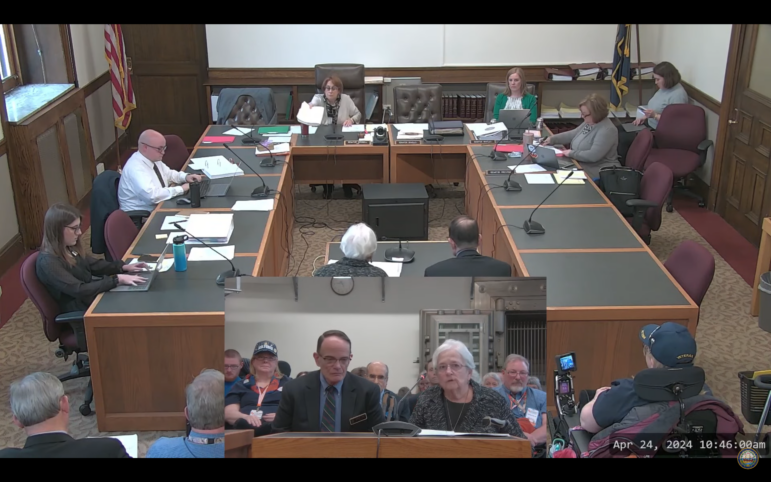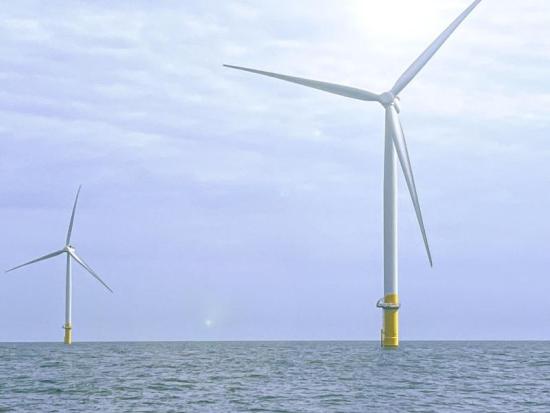 Congress has sent to President Obama legislation to address the growing safety threat posed by thousands of drones entering the nation’s airspace.
Congress has sent to President Obama legislation to address the growing safety threat posed by thousands of drones entering the nation’s airspace.
The safety measures are contained in a bill to continue the funding of the Federal Aviation Administration, whose legal authority is due to expire on Friday. The Senate approved the legislation following House passage on Monday. Obama is expected to sign the measure into law.
As FairWarning has reported, drones have become a growing safety concern as more and more of the aircraft, particularly ones used for recreation, take flight into the national airspace. Their popularity is booming in the U.S., with sales of drones weighing more than a half-pound expected to reach 1 million this year. At the same time, critics fear that chances of a catastrophic collision with a manned aircraft –- possibly even a commercial jetliner –- also are soaring.
The FAA reauthorization bill would require drone manufacturers to include a “safety statement” in product packaging including information about drone laws and regulations, and would raise to $20,000 the potential fines for drone operators who interfere with wildfire suppression, law enforcement or emergency response efforts.
The legislation also directs the FAA to evaluate the potential outcome of drones colliding with other aircraft, such as jetliners, and to report the findings back to Congress in a year. It provides $6 million to explore technological solutions to prevent drones from operating too close to airports, one of the safety concerns raised by critics.
The legislation would also require the FAA to continue working on a traffic management system for integrating drones into the nation’s airspace.
At the same time, the legislation falls short of a more aggressive approach favored by some lawmakers to regulating the burgeoning industry.
A separate bill introduced last year by Sen. Dianne Feinstein, D-Calif., would have given the FAA the power to require drone manufacturers to include crash avoidance systems and other safety features in their product designs. Feinstein also proposed that the FAA set federal rules for recreational drones that are now regulated at the community level. Both proposals failed to make it into the final bill.
A Feinstein spokeswoman said “technological safeguards and recreational rules will remain issues in the next Congress.”
Paul Hudson, president of the airline passenger advocacy group FlyersRights.org, said the drone-related provisions in the reauthorization measure were “baby steps to improve drone safety” amid “the explosion of drones in the air and the exponential increase in reported air safety incidents”
Hudson called some of the drone-related changes worthwhile. But overall, he said, the measure continues a pattern of successful lobbying by the industry to persuade Congress and the FAA let drone sales boom “before there’s really a good regime of safety regulations.”
An industry-funded group, the Small UAV Coalition, also said it was disappointed in the legislation. In a press release, the group called the legislation “a lost opportunity,” citing the absence of a legal framework that would expand commercial opportunities for drones.
The legislation would also continue to allow states and localities to develop drone safety measures. Industry officials had sought to put regulatory authority exclusively in the hands of the federal government.
Drone operators said they were pleased with the outcome. The 175,000-member Academy of Model Aeronautics, which represents model aircraft and drone operators, said in a statement that the legislation “affirms our right to continue to fly … free from additional government regulations.”
Stuart Silverstein contributed to this story.
This story reported by FairWarning (www.fairwarning.org), a nonprofit news organization based in Pasadena, California, that focuses on public health, safety and environmental issues.





